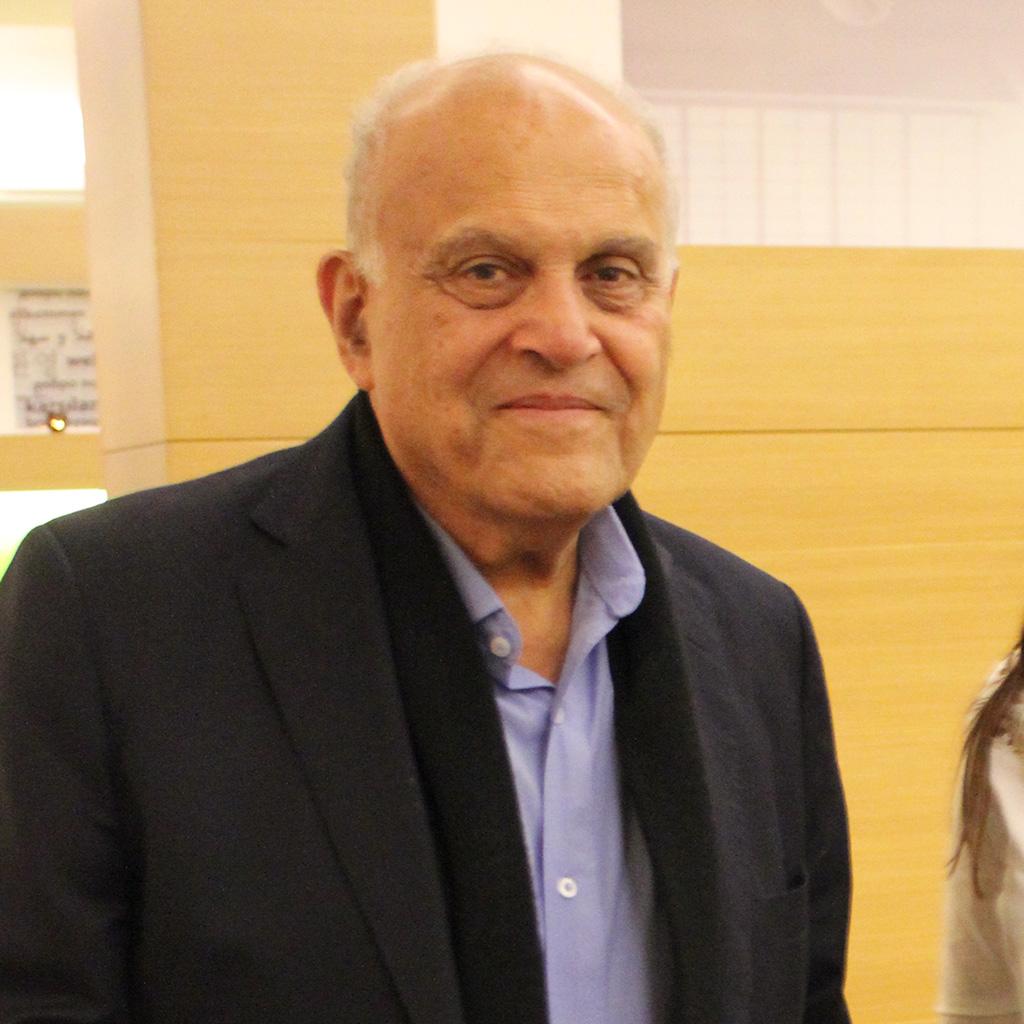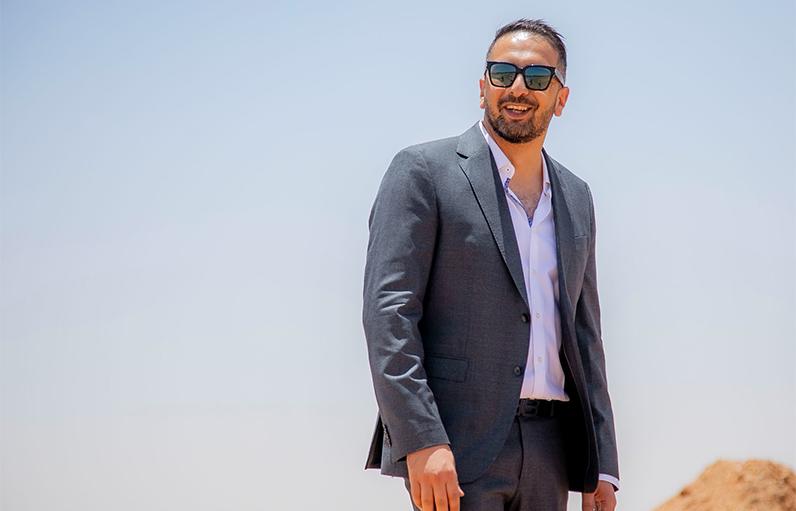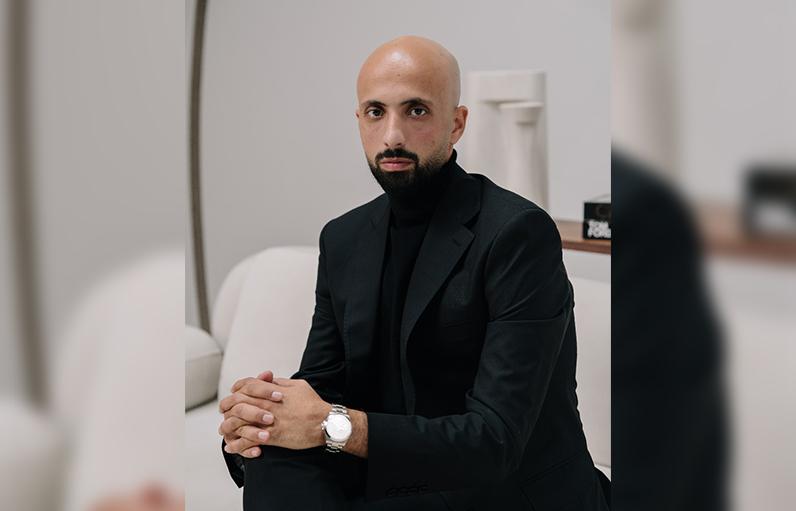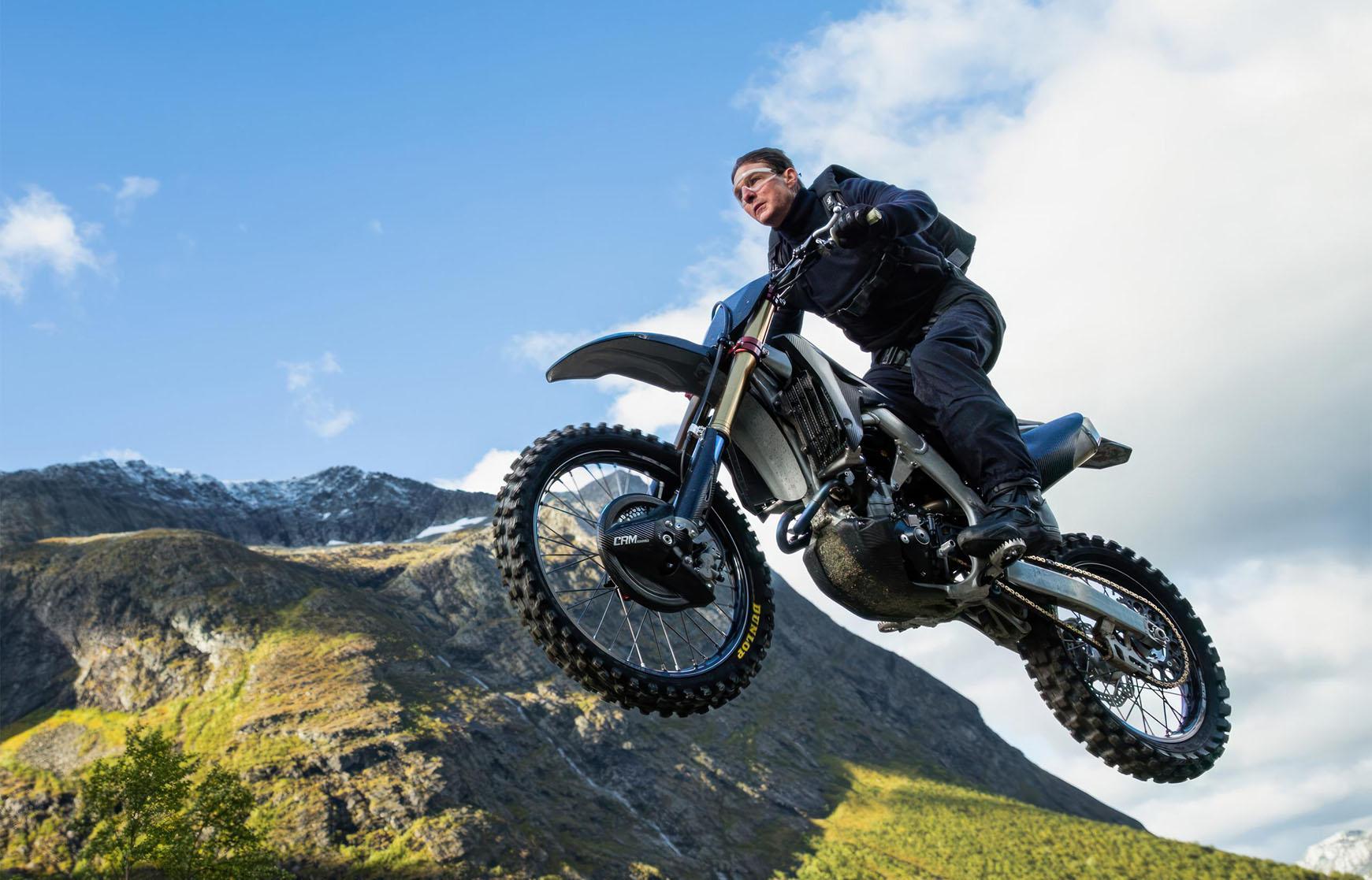
Written by: Mahmoud Demerdash
Date: 2025-07-14
Hollywood’s Stuntman Who Refuses to Slow Down
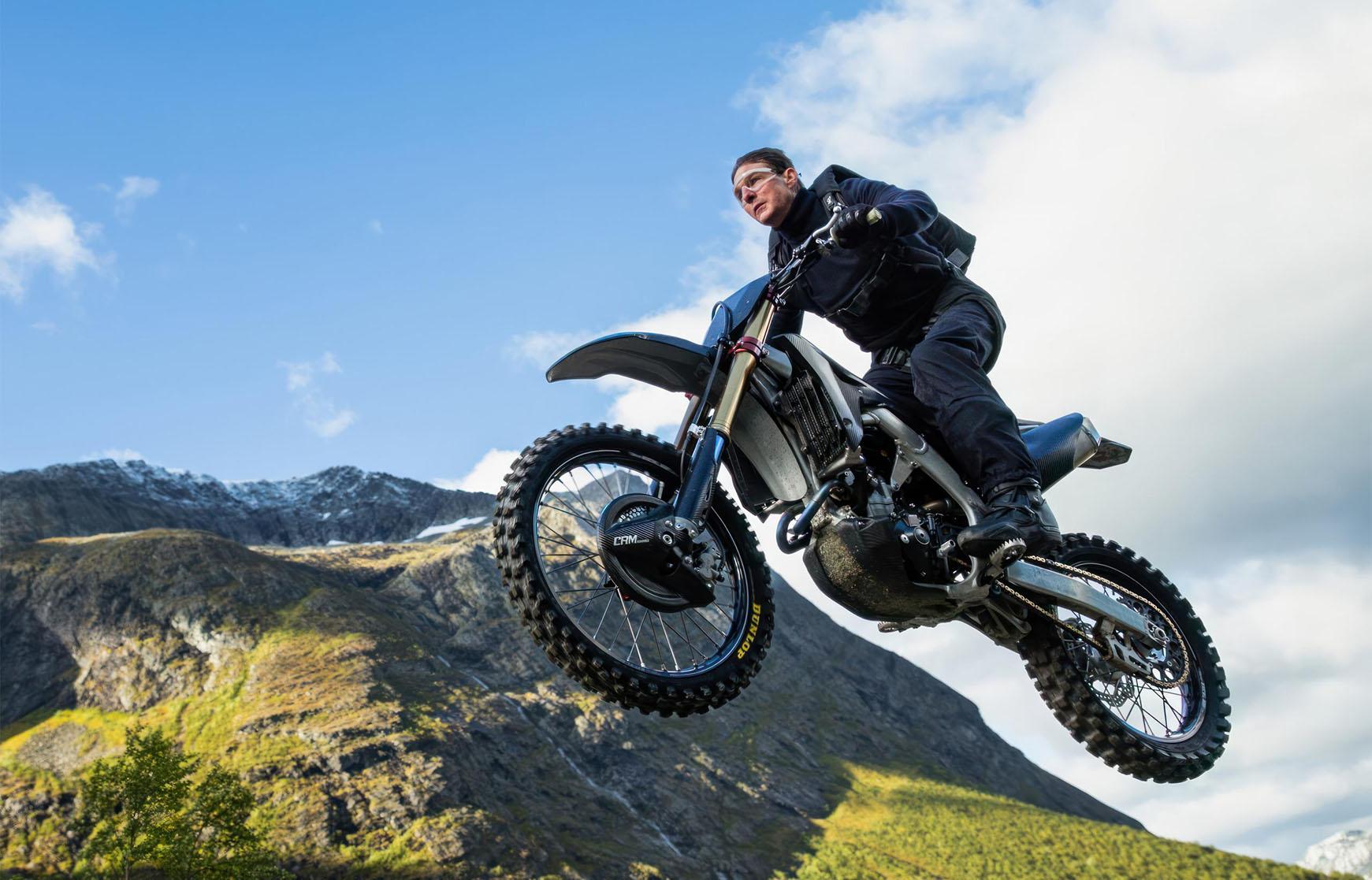
Exploring the Legacy, Risks, and Reinvention Behind the Actor’s Stunt-Fueled Career
Tom Cruise has never been one to play it safe. For over four decades, he’s defied Hollywood’s expectations, not just by remaining relevant, but by consistently raising the bar for what action cinema can be. At 61, he’s not only the face of one of the most successful action franchises in history, Mission: Impossible, but also a physical performer who insists on doing his own stunts, often to terrifying extremes.
But how does he keep doing it? And why does he continue to push his limits in an industry where many opt for body doubles and CGI? The answers lie in a combination of drive, precision, and a belief that the audience deserves more.
A Career Built on Risk — Not Comfort
Cruise didn’t always hang from airplanes and leap off cliffs. In his early days, films like Top Gun (1986), Rain Man (1988), and Born on the Fourth of July (1989) solidified him as a serious actor with leading-man looks and award-season potential. But by the mid-90s, Cruise began to reshape his career around a more physical image, starting with Mission: Impossible in 1996, where he famously performed his own wire-drop stunt in the iconic CIA vault scene.
By the time Ghost Protocol arrived in 2011, Cruise was scaling the Burj Khalifa, the tallest building on Earth, with no green screen and minimal safety gear. It wasn’t just impressive, it was insane. And that’s when audiences truly began to understand: Cruise wasn’t faking the danger. He was embracing it.
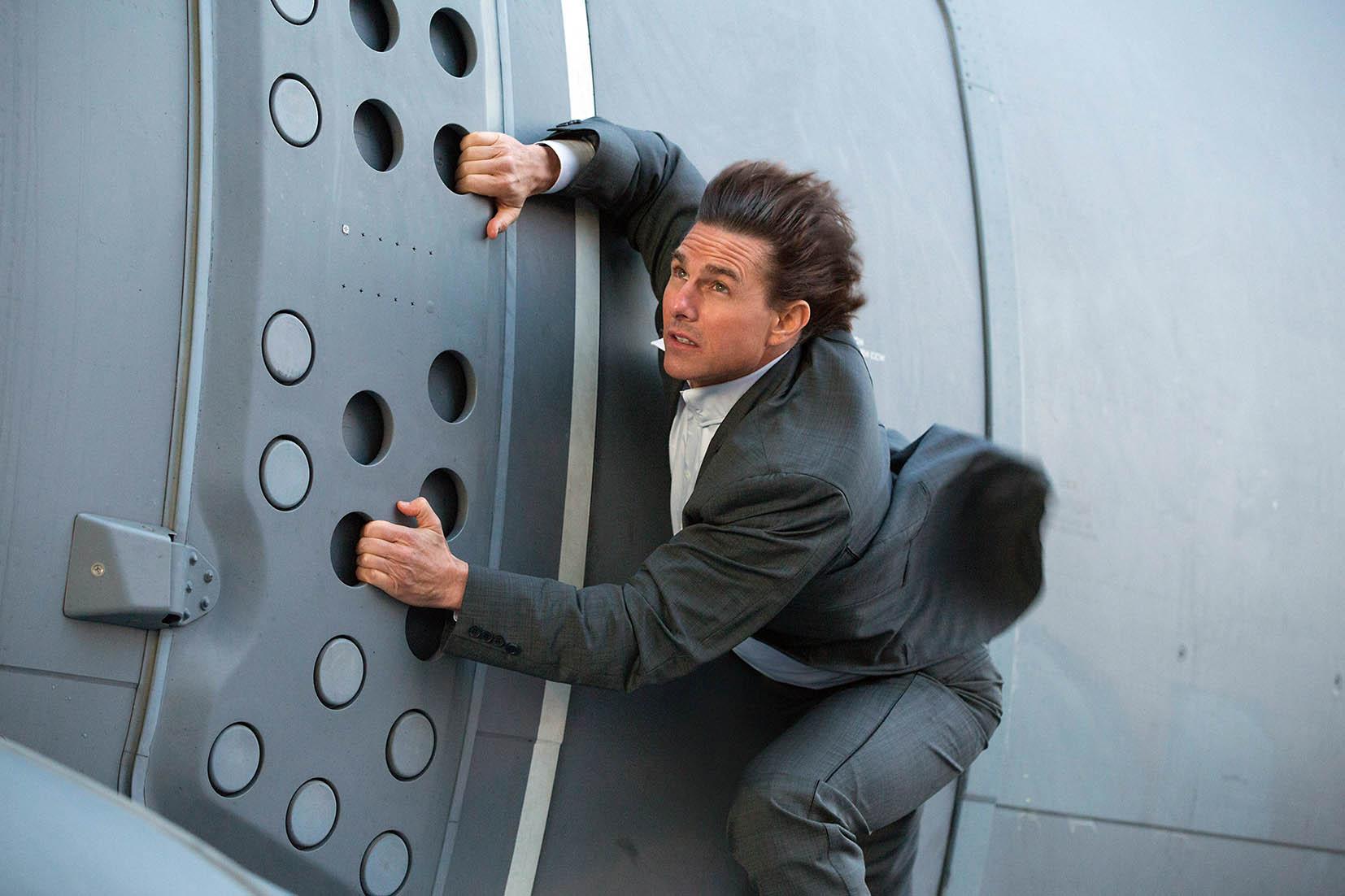
A Growing List of Death-Defying Feats
Each subsequent film seemed like a personal dare to outdo the last. Among Cruise’s real-world stunt credits:
Hanging off the side of an Airbus A400M as it takes off (Mission: Impossible – Rogue Nation)
Performing a HALO jump from 25,000 feet after 100+ practice dives (Fallout)
Riding a motorbike off a cliff into a BASE jump (Dead Reckoning)
Piloting fighter jets for real in Top Gun: Maverick, undergoing extensive G-force training
Learning to fly a helicopter for a high-speed chase scene — solo — in Fallout
Every one of these was done practically. No digital shortcuts. No second unit stand-ins. Just Cruise, a stunt team, and months (sometimes years) of preparation.

Why Risk It All? The Philosophy Behind the Stunts
It’s not just about thrills. For Cruise, it’s about authenticity. “I never want to dictate how the audience should feel or what they should take away from a film… That connection with the audience is vital to me as a storyteller… One of our favourite reactions is when someone says, ‘I bought the whole seat, but I only needed the edge.’ That’s exactly the experience I aim for.,” he’s said in an interview with ET Now. In an era when CGI can create anything imaginable, Cruise puts all his faith in realness, and it pays off. There’s a visceral quality to knowing the actor you’re watching is authentically doing what you’re visibly seeing.
This approach also reflects Cruise’s obsession with control. He trains relentlessly, plans meticulously, and surrounds himself with elite experts, from pilots to skydiving instructors, to minimize the risks as much as humanly possible. That’s how he’s walked away from injuries, rather than catastrophe.
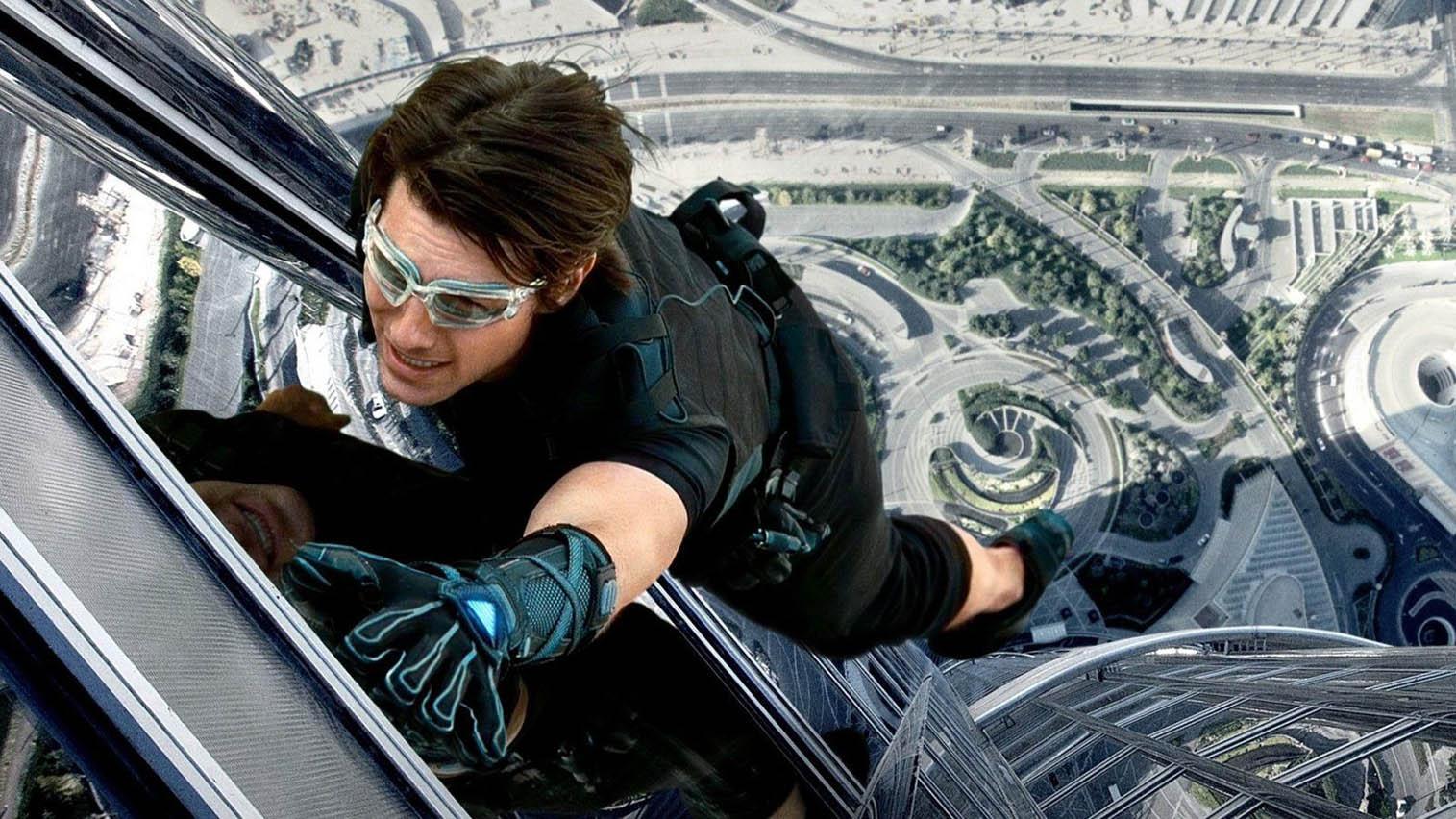
Others Who Walk the Edge
Cruise isn’t the only actor to perform his own stunts, but few match his consistency and scale. Jackie Chan was doing bone-breaking stunts long before Cruise, often without harnesses or pads. In Police Story, he slid down a pole wrapped in exploding lights, a scene that remains iconic today. Keanu Reeves, well into his 50s, trains in judo, firearms, and choreography for John Wick, doing nearly 90% of his action work himself. Daniel Craig endured injuries throughout his Bond tenure, including losing teeth and tearing muscles, but insisted on realism. Sylvester Stallone broke bones filming Rocky and Rambo, and even fractured his neck in The Expendables. These actors share a belief: authenticity matters. But Cruise has turned it into an ethos, a defining aspect of his legacy.
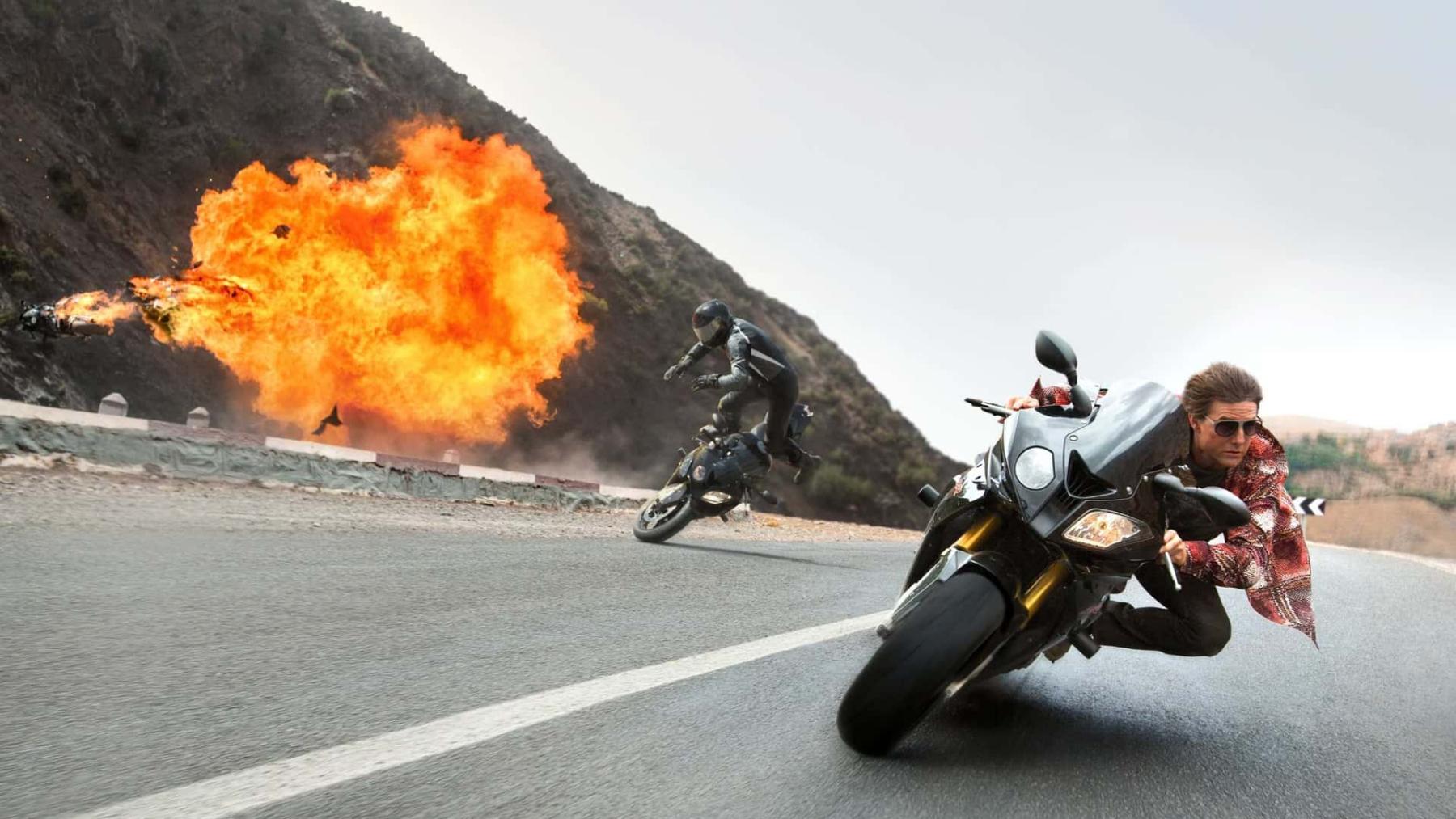
The Cost of Commitment
It’s not without consequence. Cruise has suffered serious injuries, including broken ankles, sprains, and concussions. He’s often exhausted by the time a project finishes. Yet he doesn’t stop. In fact, he doubles down, literally planning to shoot a film in space with the help of NASA and SpaceX. It’s not just about adrenaline. It’s about staying ahead in an industry that often discards its ageing stars. While many of his peers have slowed down or shifted to quieter roles, Cruise remains at the top of the box office. Top Gun: Maverick grossed nearly $1.5 billion globally, without capes, superpowers, or digital gimmicks.
What Keeps Him Going?
Cruise’s work ethic is legendary. He trains harder than many stunt performers, studies relentlessly, and commits to every role with tunnel vision. His intensity can be polarizing; there are stories of on-set meltdowns and perfectionist habits, but the results are undeniable. According to an interview with GQ India, Tom Cruise’s training regime is one of the most intense and meticulously planned in Hollywood, combining strength training, functional movement, and stunt-specific conditioning to prepare him for the extreme physical demands of his roles. He follows a push/pull/legs workout split, includes mobility and injury-prevention routines, and supplements his fitness with activities like rock climbing, fencing, and high-altitude skydiving—reportedly logging over 500 skydives and 13,000 motocross jumps for Mission: Impossible – Dead Reckoning. Cruise also trains for specific stunts, such as wing-walking on a biplane or piloting helicopters, often undergoing months of specialized instruction. His diet is equally disciplined, consisting of small, clean meals throughout the day to maintain energy and lean muscle. This physical preparation is paired with a relentless mental focus and on-set discipline, allowing him not just to perform dangerous stunts himself, but to do so with precision and consistency, even well into his 60s.
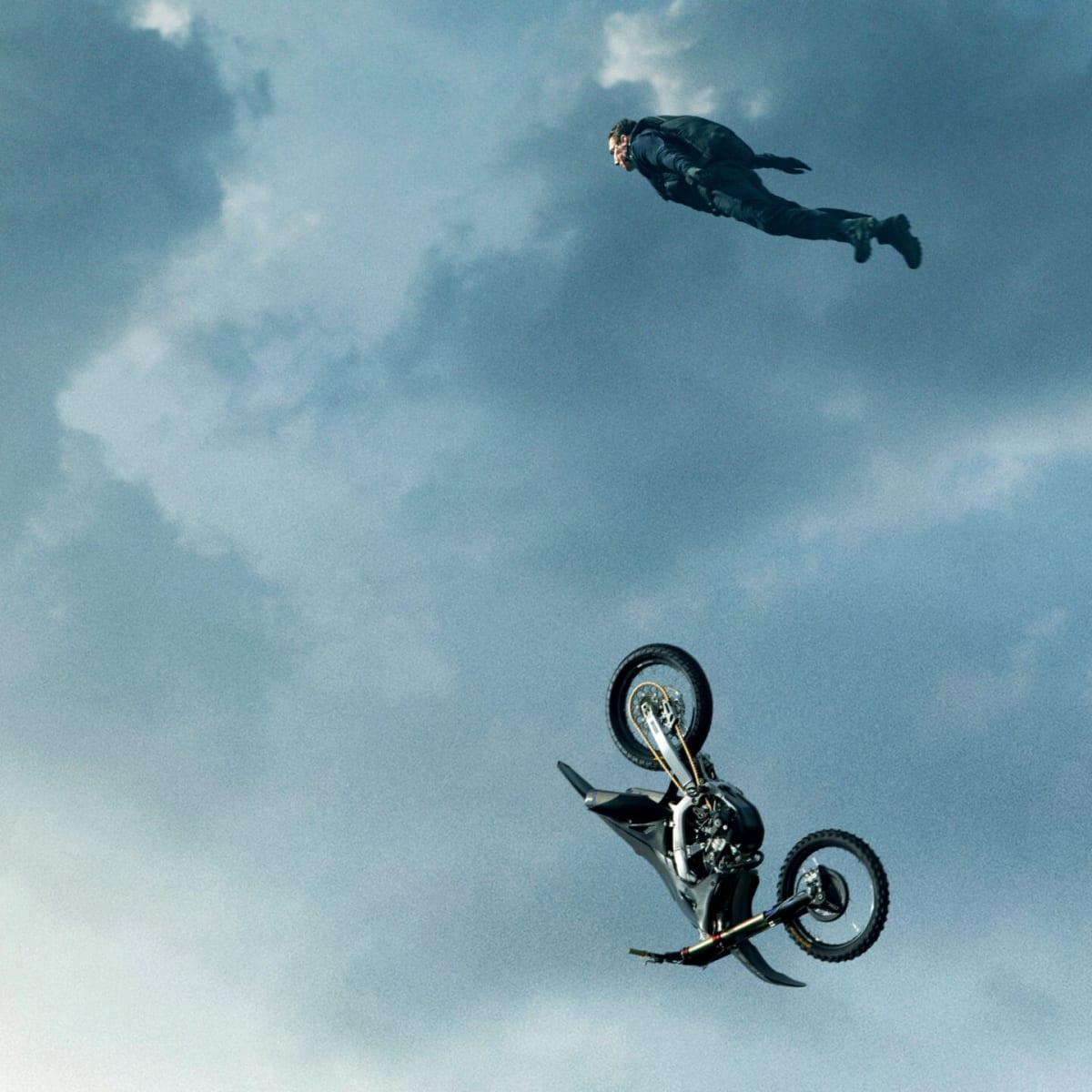
A Legacy Still in Motion
Tom Cruise’s career isn’t defined by age; it’s defined by momentum. As he enters his 60s, he’s not just surviving in Hollywood; he’s setting the bar higher than ever. And in doing so, he’s reminding a CGI-heavy industry of what made cinema thrilling in the first place: real stakes, real people, genuine effort. In a world where spectacle is often synthetic, Cruise continues to prove that sometimes the boldest move isn’t special effects, it’s jumping off the edge and trusting in your training. For Tom Cruise, the mission has never been impossible. It’s just been unfinished.



